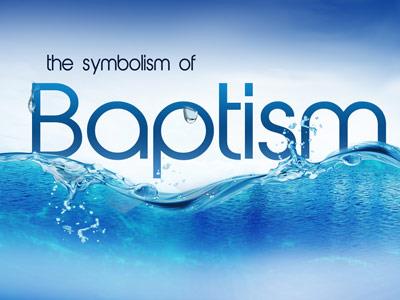-
Introduction To The Apostles' Creed Series
Contributed by Freddy Fritz on Nov 28, 2017 (message contributor)
Summary: This sermon introduces the Apostles’ Creed, informing us that creeds are designed to define the faith, defend the faithful, and declare to the world what the church believes.
Introduction
Today, I would like to begin a new series of sermons. This series of sermons is titled The Apostles’ Creed. I would like to examine this creed, which is recited every Sunday in many churches around the world, and which we ourselves frequently recite in our worship services.
Listen carefully as I recite the Apostles’ Creed for you:
"I believe in God the Father Almighty, Maker of heaven and earth.
"I believe in Jesus Christ, his only Son, our Lord, who was conceived by the Holy Spirit, and born of the Virgin Mary. He suffered under Pontius Pilate, was crucified, died, and was buried; he descended into hell. The third day he rose again from the dead. He ascended into heaven and is seated at the right hand
of God the Father Almighty. From there he will come to judge the living and the dead.
"I believe in the Holy Spirit, the holy Catholic Church, the communion of saints, the forgiveness of sins, the resurrection of the body, and the life everlasting. Amen."
The year is 173 AD. The place is Alexandria in northern Egypt. And it is the night before Easter. A group of Christians are meeting together in a church building.
A young man who has heard the gospel message of Jesus Christ is ready to be baptized. He has received instruction in the Christian faith, and he has embraced the Christian gospel. He stands clothed in white with some others near the water for baptism. The Bishop and Elders approach and ask him what he believes. He recites a brief summary of the Christian faith that he has memorized. The others about to be baptized recite the same summary statement.
The summary used by those about to be baptized was written by the Bishop some years earlier to help prepare new believers for baptism. The summary grew out of the Bishop’s sensitive response to Paul’s warning that from the very heart of the church some would arise that would proclaim a false gospel. Speaking to the Ephesian Elders Paul said, “I know that after I leave, savage wolves will come in among you and will not spare the flock. Even from your own number men will arise and distort the truth in order to draw away disciples after them” (Acts 20:29-30).
The Bishop knew that he was an overseer and a shepherd over one part of God’s flock, and saw it as his responsibility to preserve the sheep entrusted to him. He saw the dangers that surrounded the sheep. The obvious danger to the flock was the pagan that not only denied the truth of Jesus as Savior but also persecuted Jesus’ followers.
But there were other less obvious dangers as well—dangers from those who claimed to be Christians but taught false doctrines. Some said Jesus was not really a man with a physical body. Others said Jesus was only a man on whom the Spirit of God had come with unusual power. Many other heresies were being taught. Some of the false teachers had organized their followers into churches that they proclaimed were the true churches of Jesus Christ.
So the Bishop recognized his responsibility to protect the people and the truth from these false teachers. Again he was inspired by the words of Paul to Timothy: “What you heard from me, keep as the pattern of sound teaching, with faith and love in Christ Jesus” (2 Timothy 1:13). The Bishop drew up a brief pattern or “form of teaching” (Romans 6:17) specifically to summarize true Christian teaching in a way that would not only affirm the truth, but do it in such a clear way that followers of false teaching could not use it.
This summary was then given to candidates for baptism as part of their instruction in the Christian faith. The summary helped define the Christian faith more clearly for the new believer, defend the faithful from false teaching, and declare to the world the truths of biblical doctrine.
Now, the Bishop in 173 AD is imaginary, and his precise line of thought is conjecture. But by the end of the second century it is certain that local church leaders began to write brief summaries of the faith to use with candidates for baptism. These summaries are the earliest evidence for the emergence of creeds in the life of the church. These creeds were designed to define the faith, defend the faithful, and declare to the world what the church believed.
By the way, the word creed comes from the Latin word credo, which literally means “I believe,” and is the first word used in Latin of the Apostles’ Creed. So a creed is simply a statement of what I believe.
In time the creeds moved from being related to the baptismal service to becoming a part of the regular worship service. The whole congregation united in reciting the creed to express its common faith. According to Robert Godfrey, Professor of Church History and President at Westminster Theological Seminary (West), local churches initially developed their own creeds. But gradually they began to show their unity with other orthodox churches by moving toward a common creed.

 Sermon Central
Sermon Central



